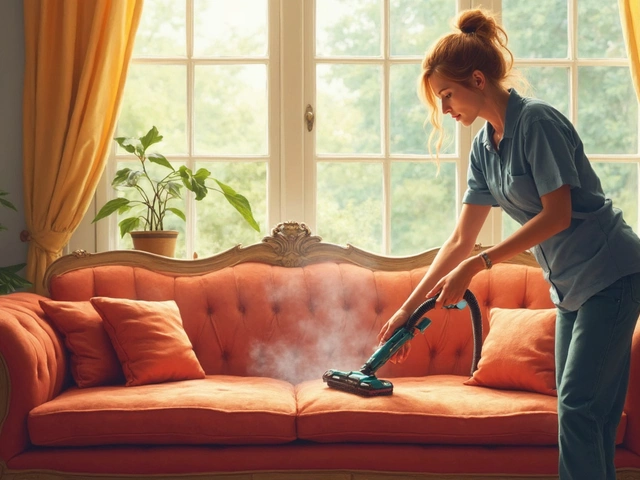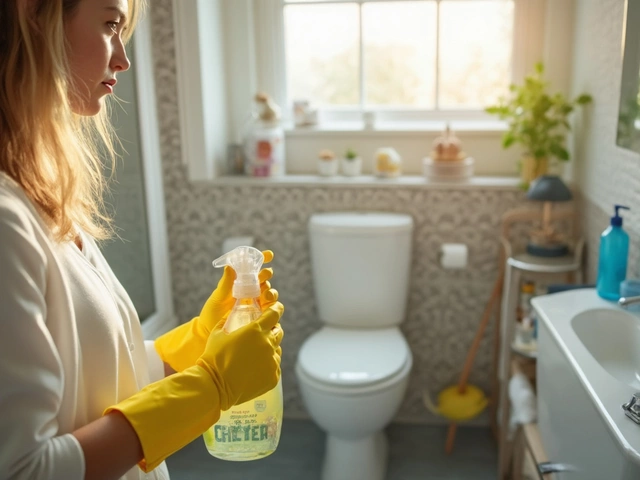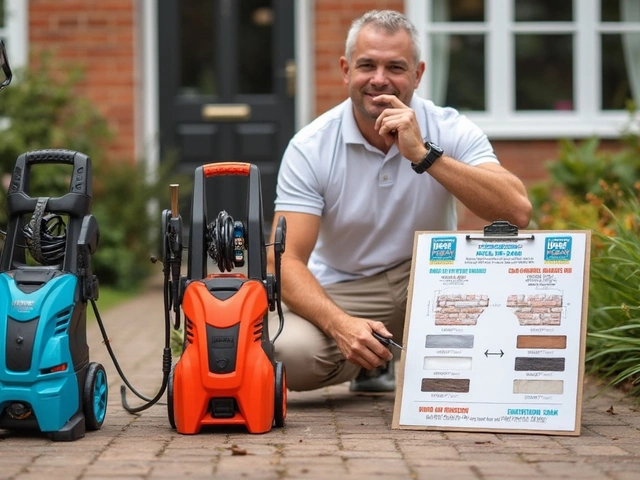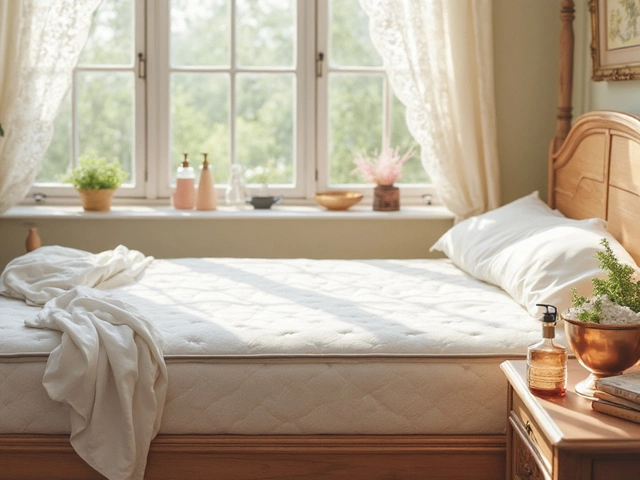Best Way to Clean Windows – Simple Tips for Spotless Glass
When working with best way to clean windows, the process of removing dirt, grime, and streaks from residential or commercial glass surfaces. Also known as window cleaning methods, it helps improve indoor light, curb appeal, and health by eliminating mold spores. If you're hunting for the best way to clean windows, you’ve come to the right place. Below we’ll break down the core ideas, tools, and tricks that make the job fast, safe, and actually enjoyable.
Key Factors for Sparkling Glass
The streak‑free window cleaning, a technique that leaves glass crystal clear without lines or spots is the golden standard for any homeowner or professional. It encompasses three simple steps: choose the right cleaning solution, use a proper squeegee motion, and dry the edges quickly. A cheap dish soap mixed with warm water works for light grime, but for tougher buildup you’ll want a vinegar‑based solution that cuts grease without damaging seals. The squeegee should be wiped clean after each pass to avoid re‑depositing dirt, and a microfiber cloth finishes the edges for that flawless look.
Modern crews rely heavily on water‑fed pole technology, a telescopic system that delivers purified water to the glass, eliminating the need for chemicals. This tool requires a reliable water source and a filtration unit, but the payoff is huge: no streaks, no harsh chemicals, and you stay safely on the ground. The pole can reach two‑storey windows, making ladder‑free cleaning the norm in many UK firms. For DIYers, a shorter version is affordable and still offers the same pure‑water advantage for a sparkling finish.
One common enemy of clear glass is hard water stains, mineral deposits left by calcium and magnesium that appear as cloudy spots or film. These stains affect window clarity and demand a specific approach. A 1:1 mix of white vinegar and distilled water dissolves the minerals, while a gentle scrub with a non‑abrasive pad removes the residue. For especially stubborn spots, applying a commercial descaler for a few minutes before wiping can make a big difference. After treatment, rinse with purified water (thanks to the water‑fed pole or a clean bucket) to prevent new deposits.
People who love to save money often ask if a DIY window cleaner, homemade solution made from everyday kitchen ingredients can match store‑bought products. The answer is yes, provided you use the right ratios. A blend of two parts water, one part white vinegar, and a splash of dish soap creates a sudsy yet effective cleaner. Add a few drops of lemon oil for scent and extra grease‑cutting power. This mix works on both interior and exterior panes, and because it’s non‑toxic, you can safely use it around kids and pets.
Safety isn’t optional when you climb ladders or work at height. The industry shift toward ladder‑free cleaning stems from stricter UK regulations and the rise of rope‑access and pole systems. Even if you prefer a traditional ladder, always inspect it for stability, use the three‑point contact rule, and never overreach. Wearing non‑slip shoes and using a spotter can prevent accidents. These precautions, combined with the right tools, let you tackle any window size without unnecessary risk.
Now that you know the core techniques—streak‑free methods, water‑fed pole advantages, hard‑water stain removal, and affordable DIY cleaners—you’re ready to explore the detailed guides below. Each article dives deeper into a specific aspect, giving you step‑by‑step instructions, product recommendations, and pro tips to make every pane shine. Happy cleaning!





